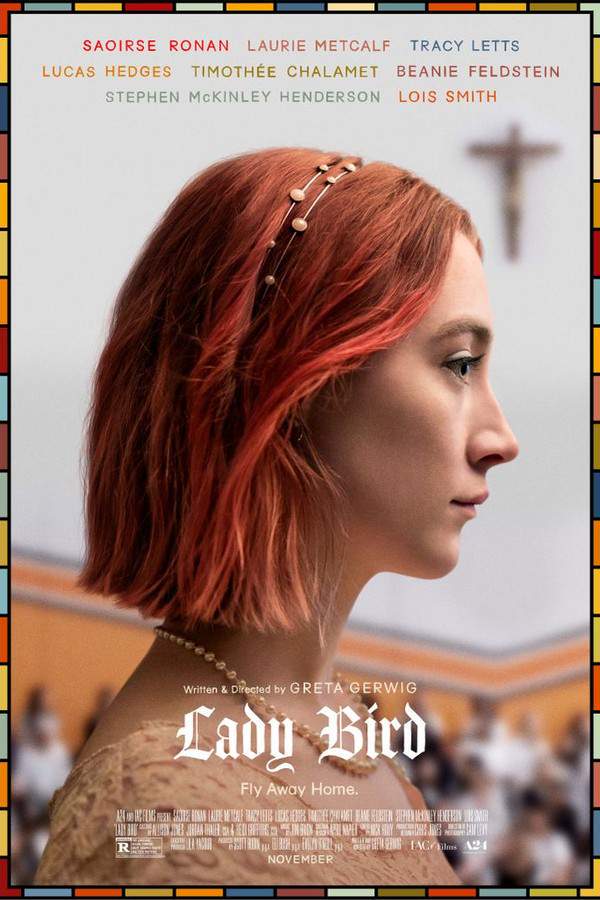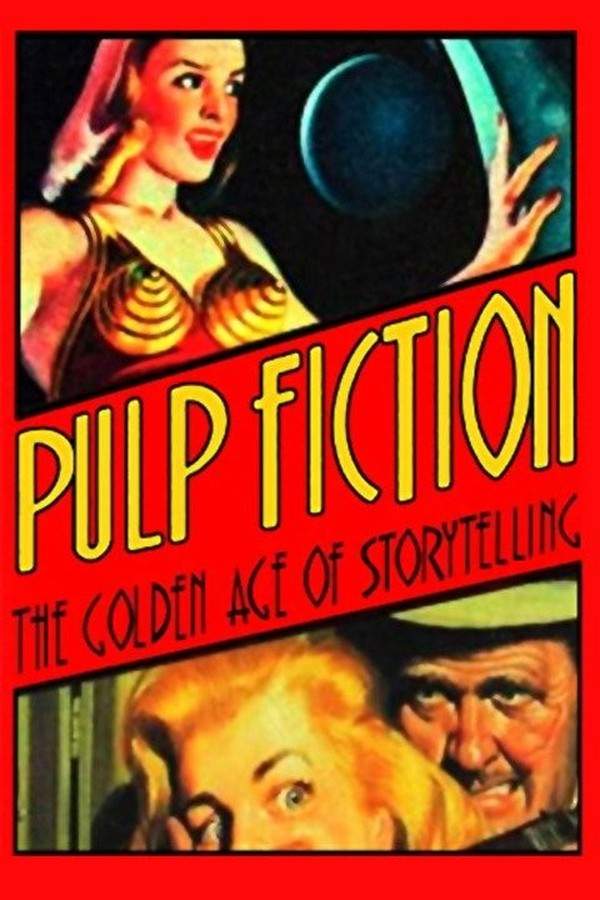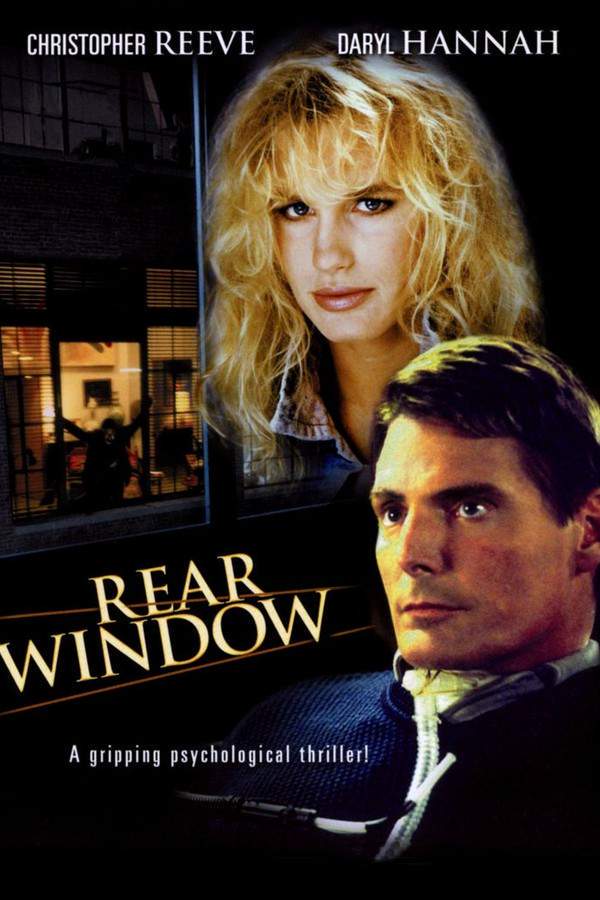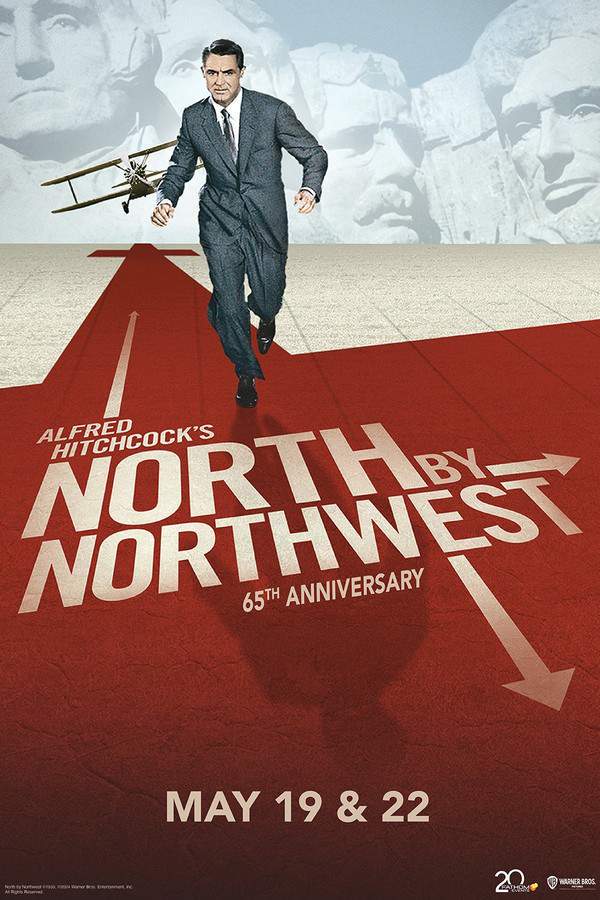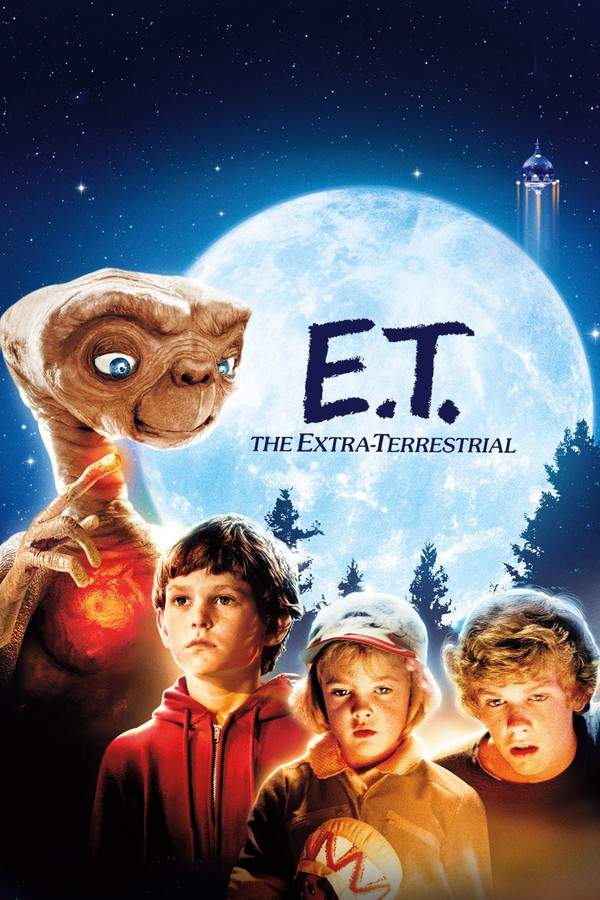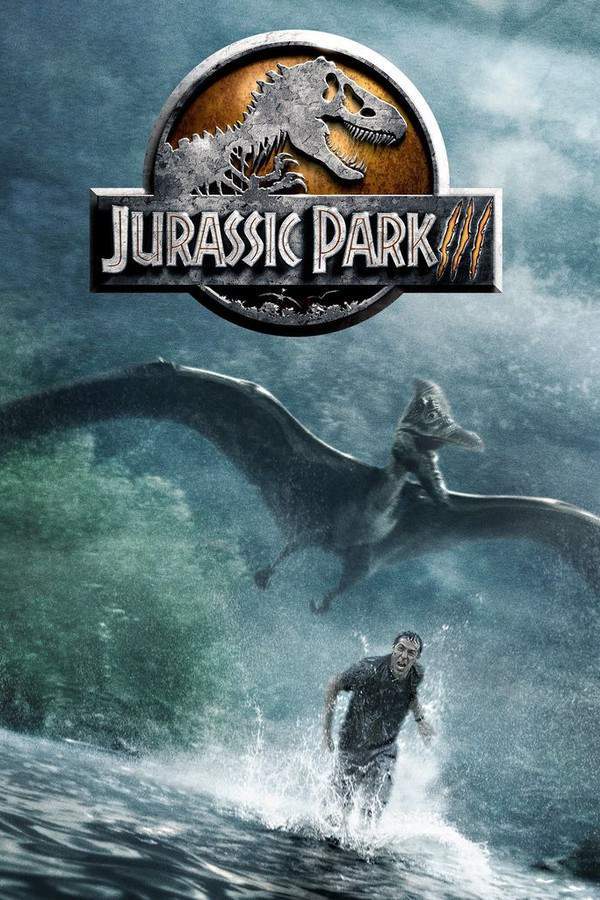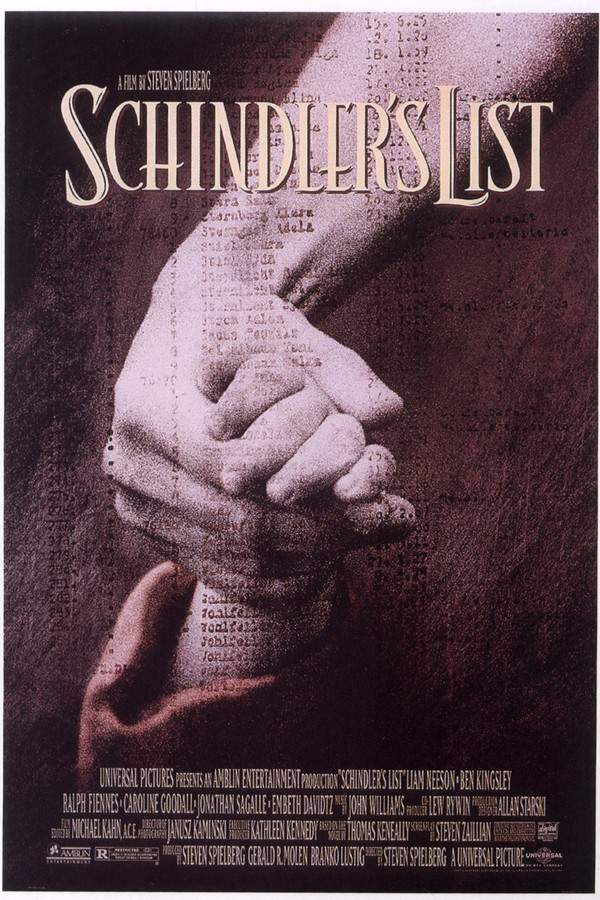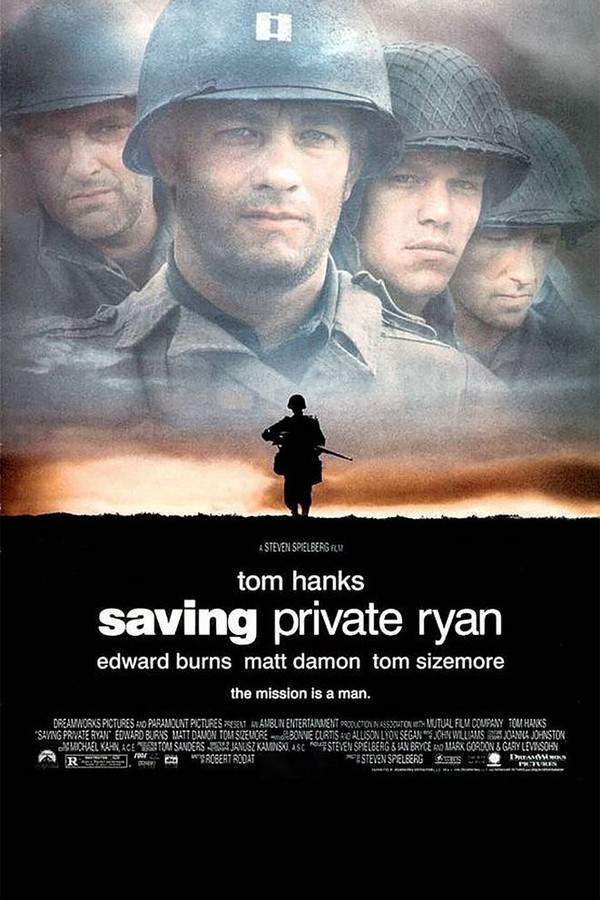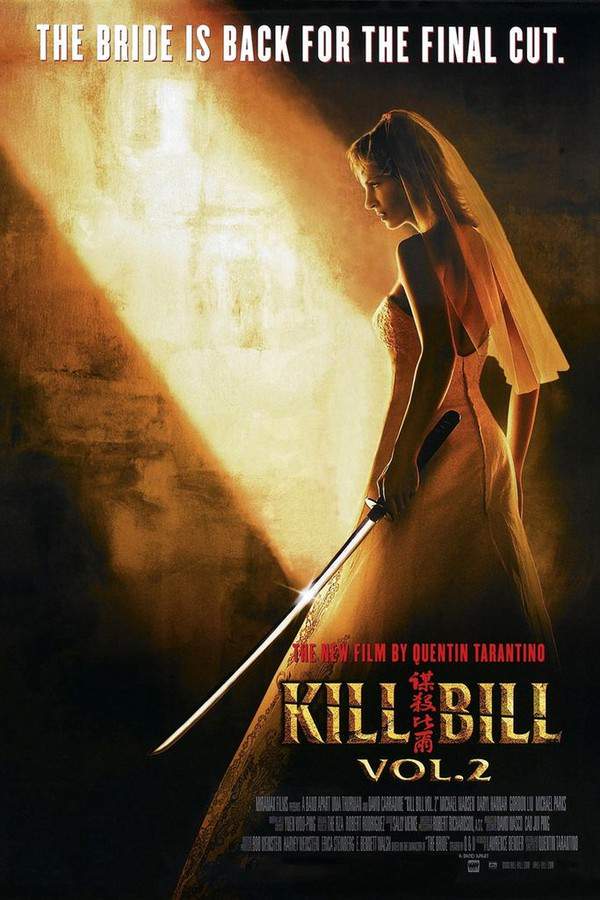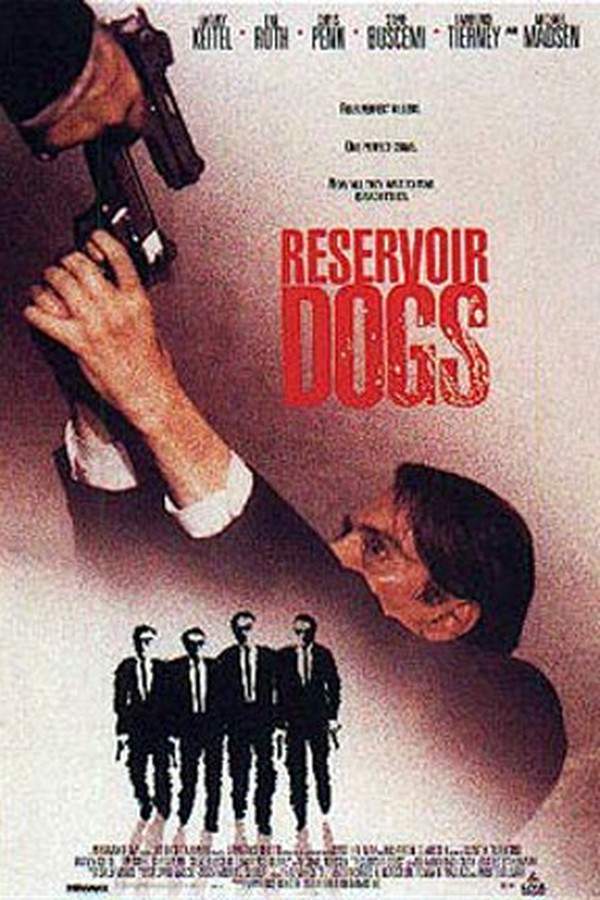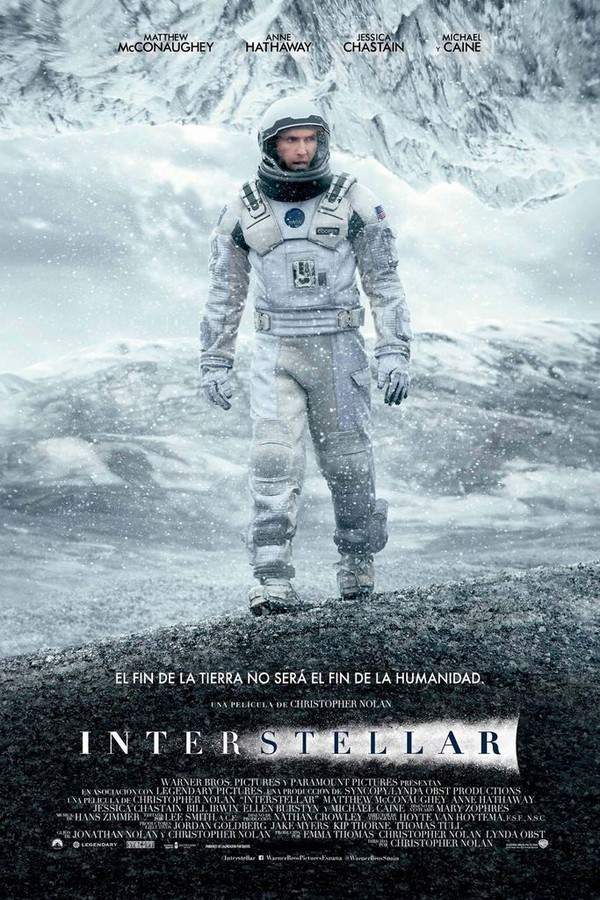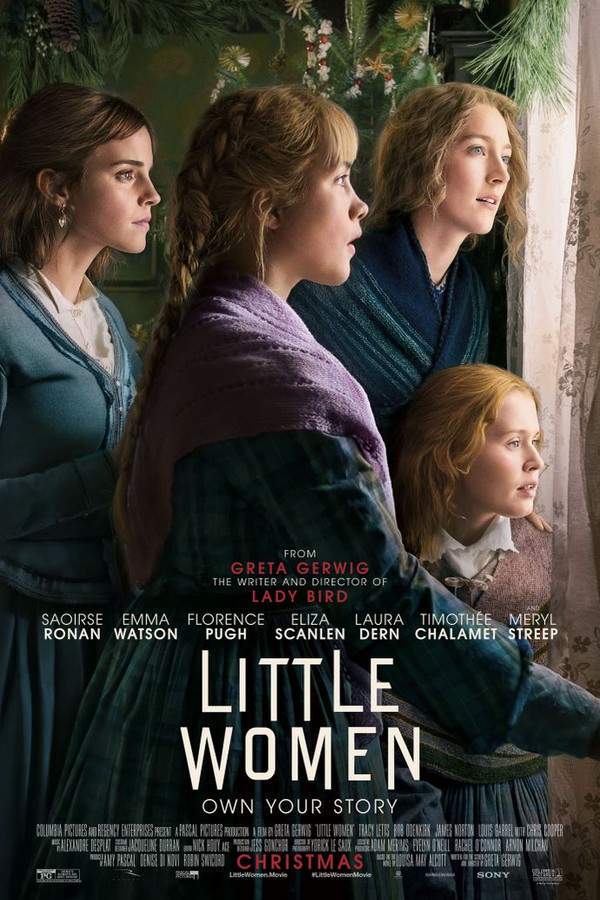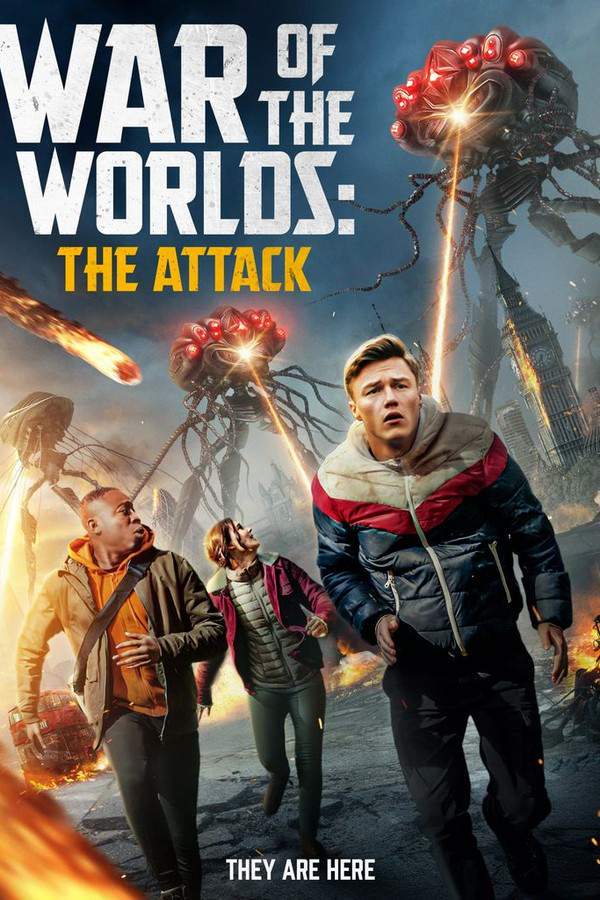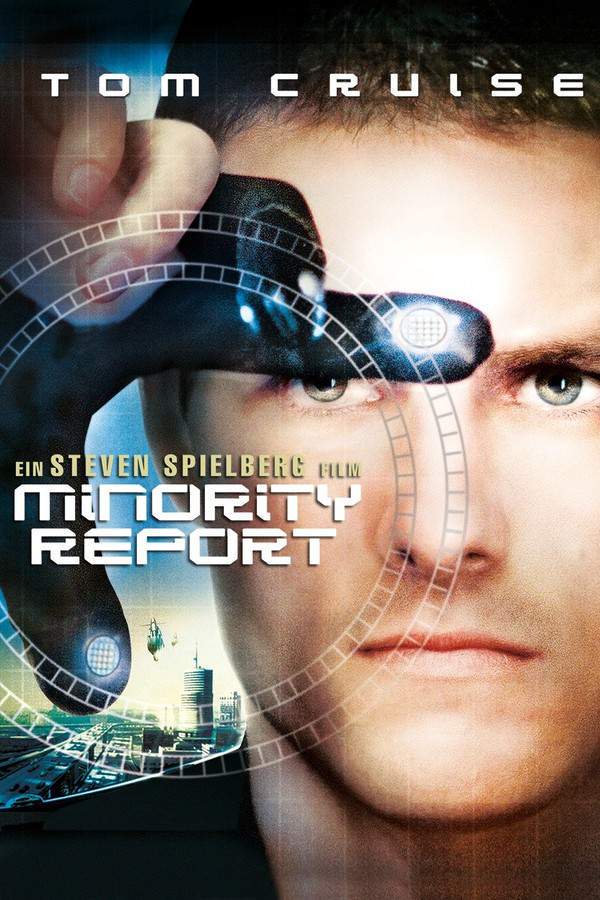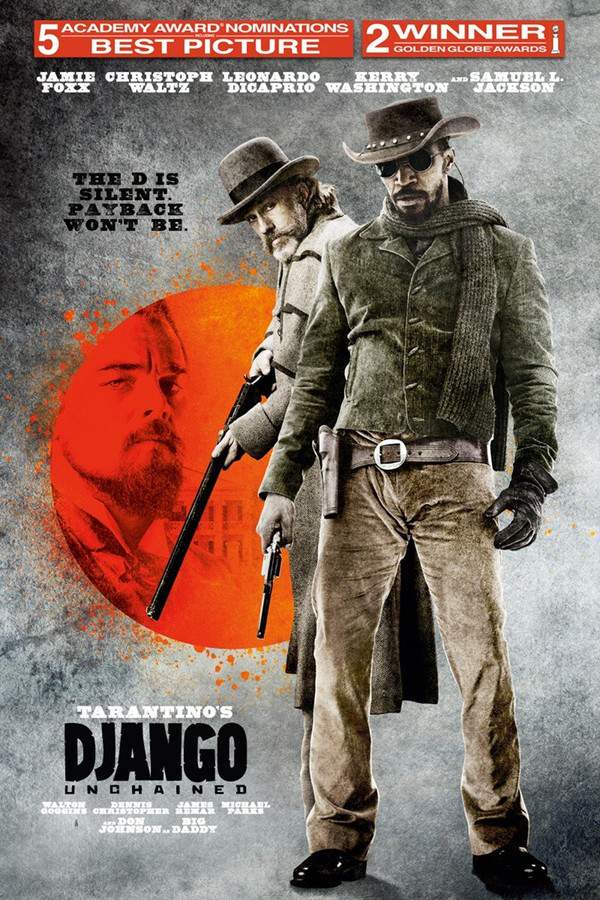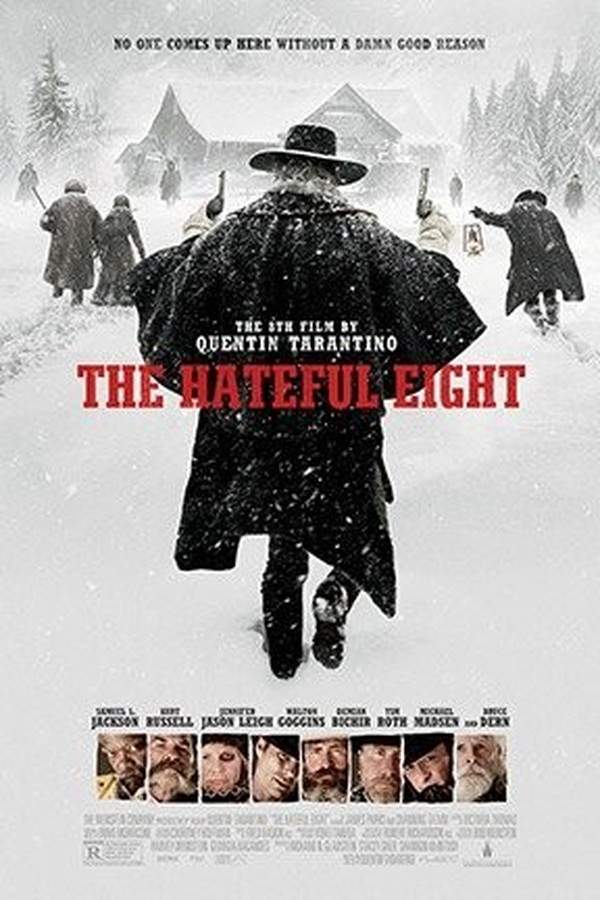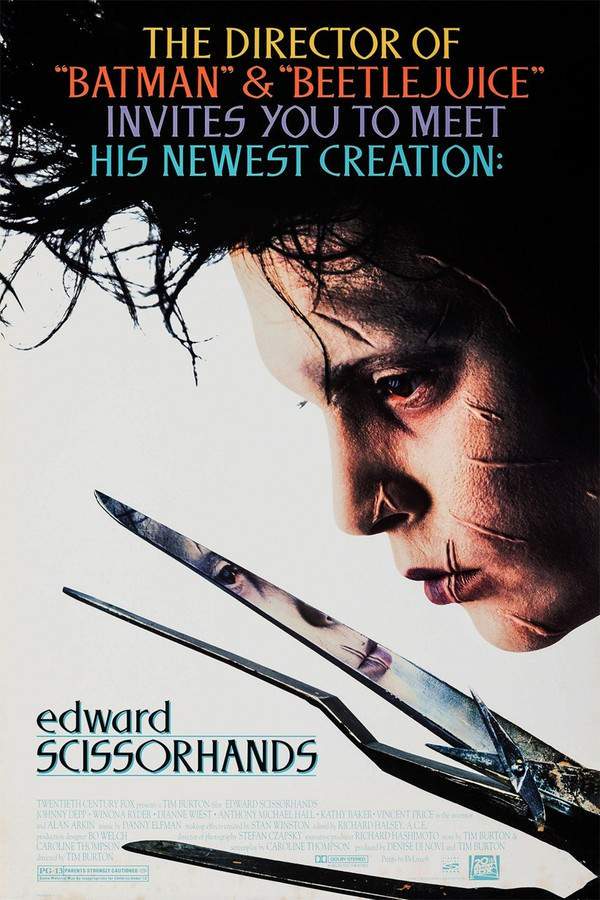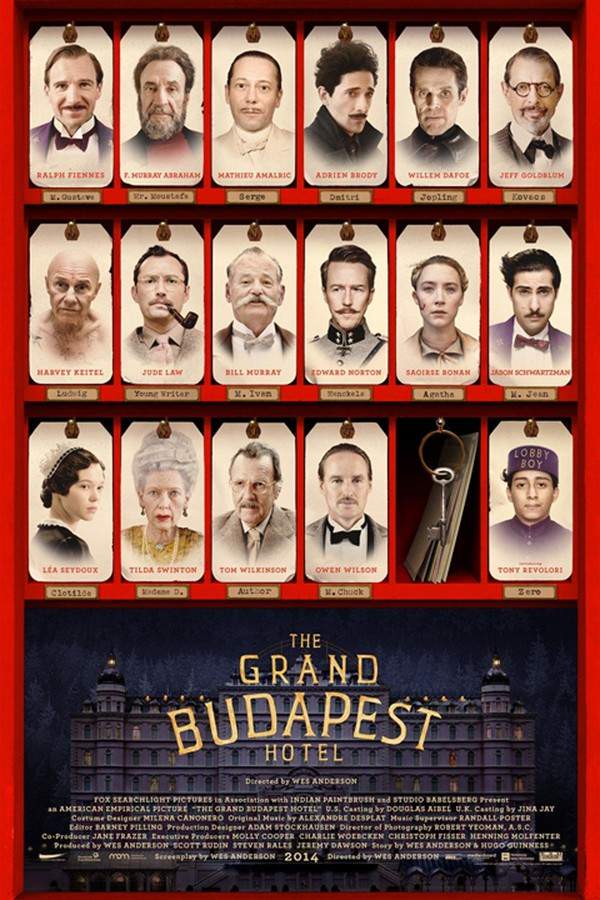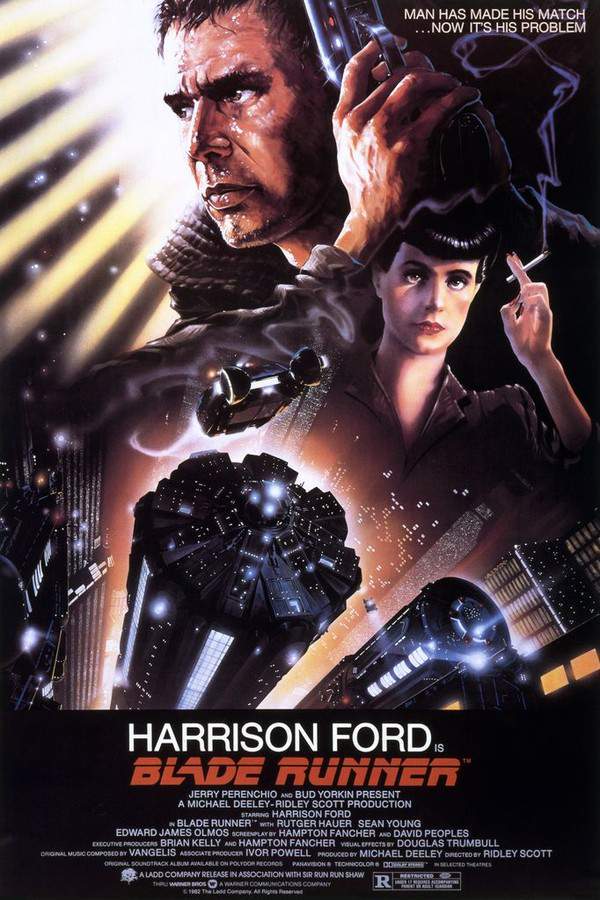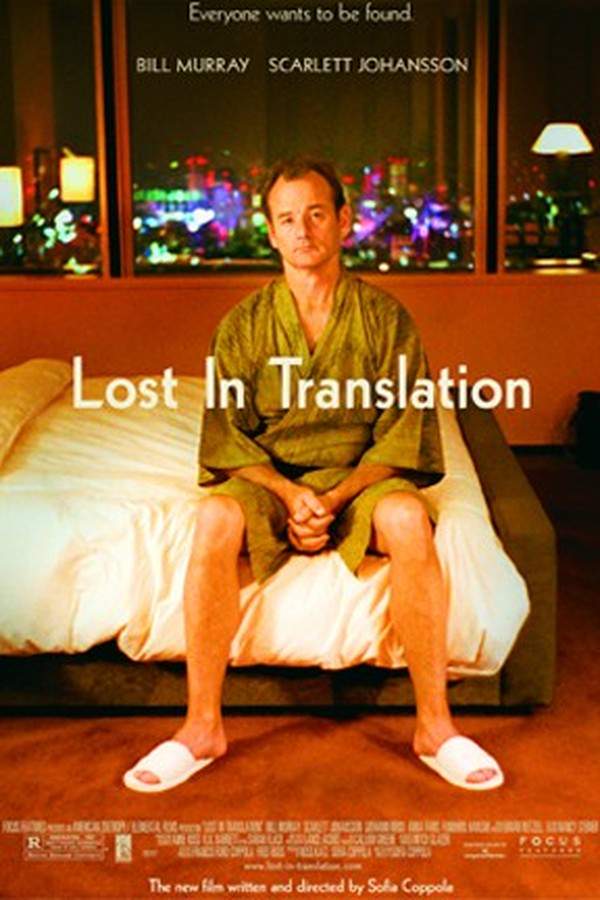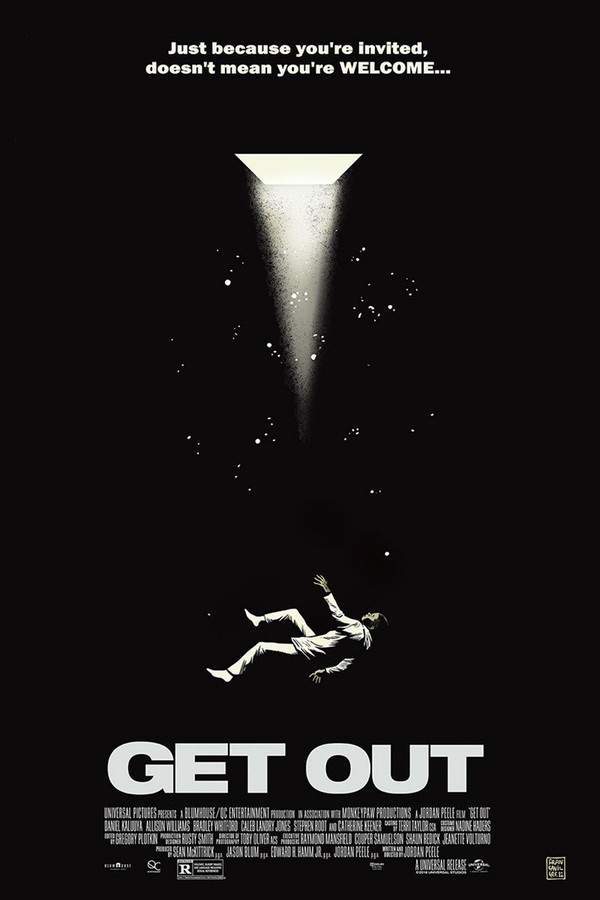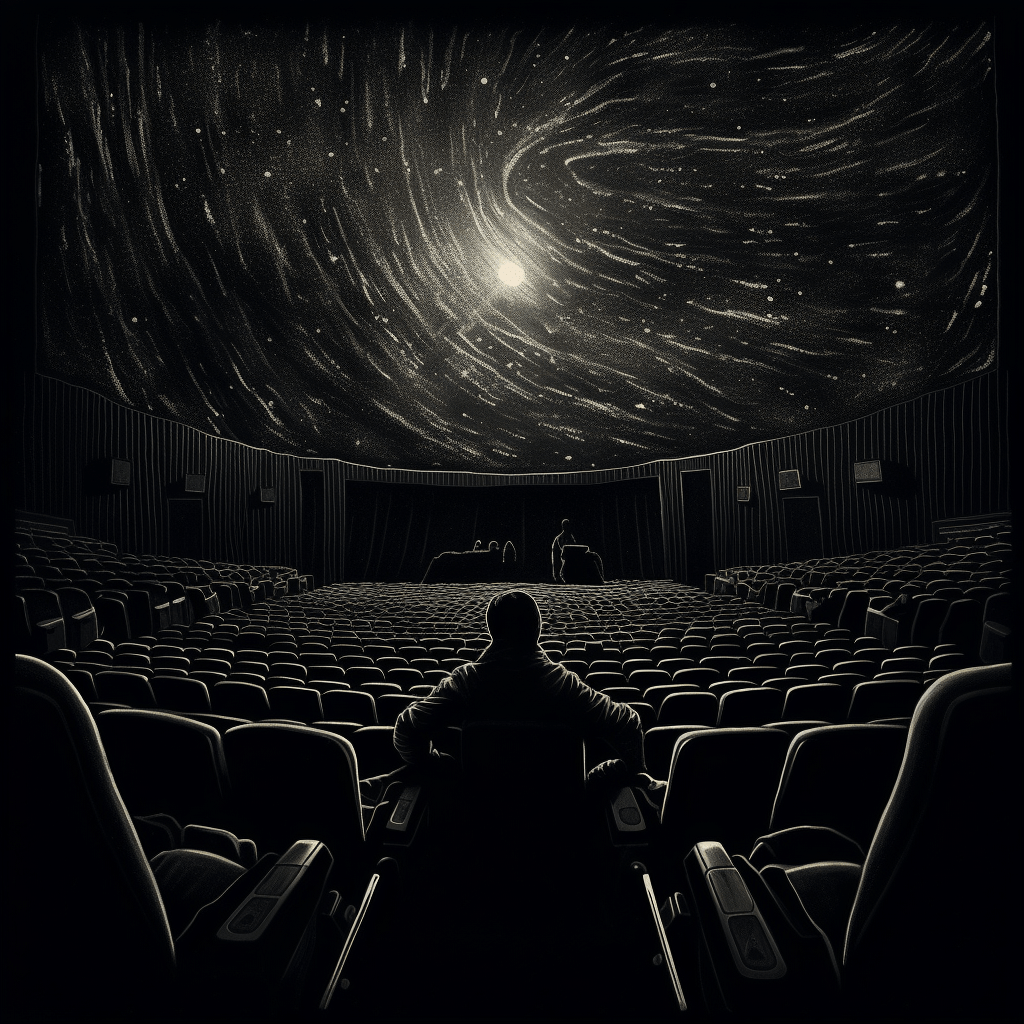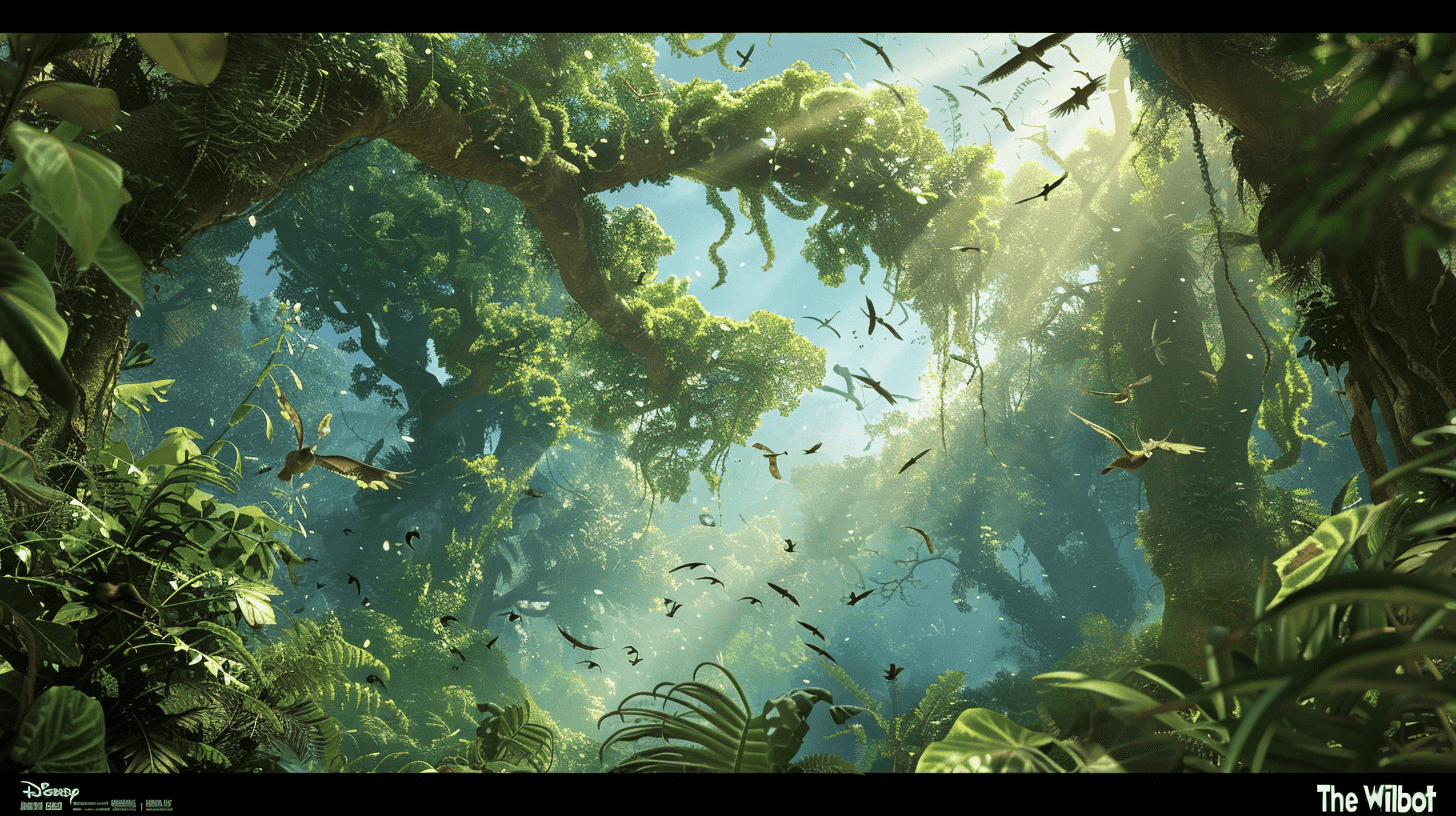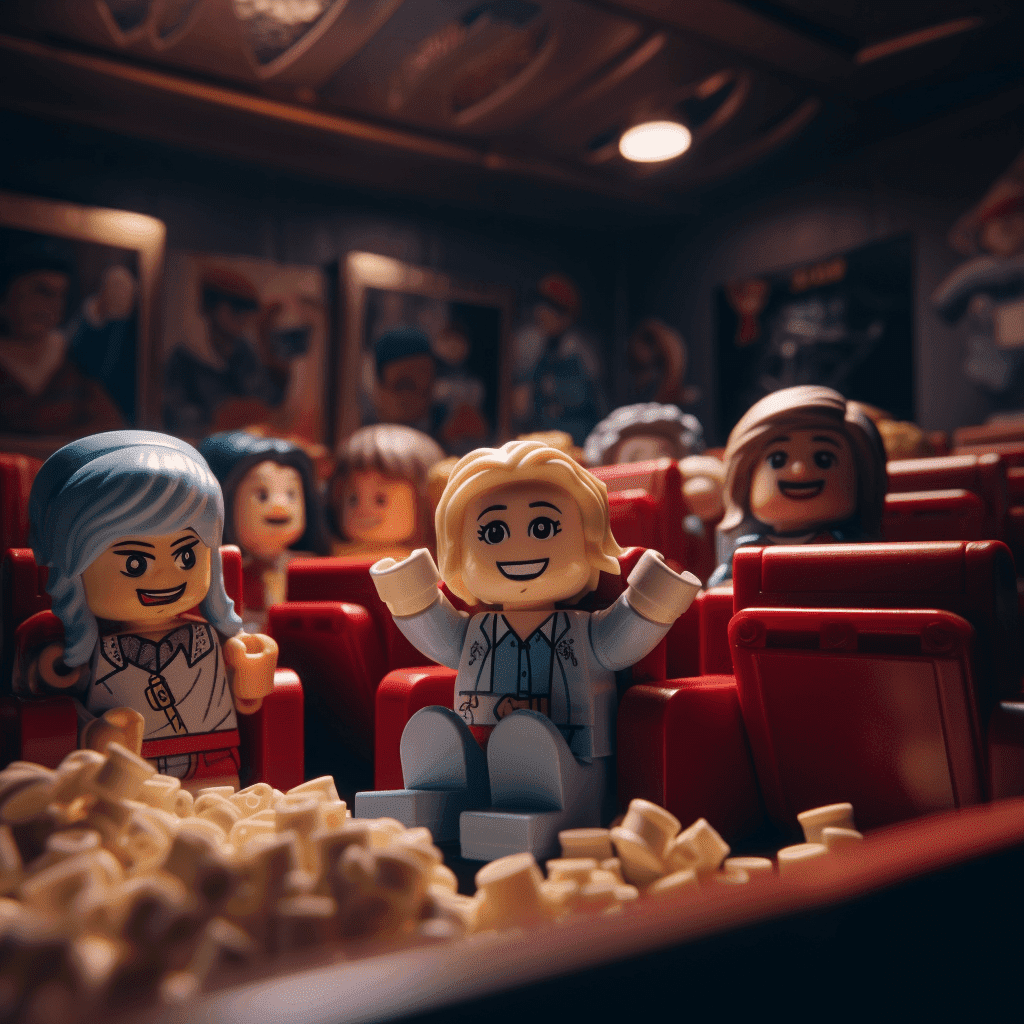What's After the Blog?
Directors • Cinema
Behind the Camera: Iconic Directors and Their Signature Styles
Explore the distinctive styles and techniques of iconic film directors, from Hitchcock's suspense to Tarantino's dialogue, in our deep dive into the art of cinematic storytelling.
January 06, 2024
Movies mentioned in this article
Behind the Camera: Iconic Directors and Their Signature Styles
Introduction
The world of cinema is an enchanting realm where stories unfold and characters come to life. At its core, the director is the visionary who guides this creative process, orchestrating every element from the script to the screen. Directors are not just filmmakers; they are storytellers, innovators, and artists who leave indelible marks on the hearts and minds of audiences worldwide.
In this journey through film history, we explore the signature styles of iconic directors who have not only shaped the industry but also influenced generations of filmmakers. From the suspenseful twists of Alfred Hitchcock to the character-driven narratives of Greta Gerwig, each director brings a unique perspective to the cinematic table. Their films, be it Psycho or Lady Bird, are not just entertainment; they are reflections of artistic vision and cultural zeitgeist.
The role of a director is multifaceted. They are responsible for interpreting the screenplay, guiding actors, overseeing the camera work, and collaborating with all departments to ensure that the vision for the film is achieved. The director’s style often becomes a defining feature of their films. This can be seen in the quirky dialogues of Quentin Tarantino’s Pulp Fiction or the visually stunning sequences in Christopher Nolan’s Inception. Their styles make their films instantly recognizable and deeply influential in the wider world of film.
The Visionaries: Directors Who Changed Cinema
Alfred Hitchcock: Master of Suspense
Alfred Hitchcock, known as the “Master of Suspense,” revolutionized the thriller genre with his ingenious techniques and psychological depth. Hitchcock’s films, such as Vertigo and Rear Window, exhibit a mastery of suspense and audience manipulation. He believed in making the audience a complicit observer in the unfolding drama, often using the camera to mimic a person’s gaze, thereby creating a sense of voyeurism.
Key Techniques:
-
Use of Camera Angles: Hitchcock was a pioneer in using camera angles to build tension. In Psycho, the infamous shower scene is a masterclass in this, where the angles heighten the sense of vulnerability and shock.
-
MacGuffin: Hitchcock popularized the concept of the MacGuffin, an object or goal that drives the story but is inconsequential in itself, like the sought-after microfilm in North by Northwest.
His influence extends beyond thrillers, impacting how suspense is crafted in various genres. Hitchcock’s ability to engage viewers psychologically set a new standard for filmmaking, demonstrating the power of the director’s vision in shaping cinematic experiences.
Steven Spielberg: The Blockbuster Maestro
Steven Spielberg, synonymous with blockbuster cinema, has a knack for storytelling that resonates with a wide audience. His films, such as E.T. the Extra-Terrestrial and Jurassic Park, are not only commercially successful but also rich in narrative depth. Spielberg’s style is characterized by its approachability and emotional impact, making his films a staple in the hearts of many.
Signature Spielberg Elements:
-
Emotional Storytelling: Spielberg’s films often explore human emotions and relationships, as seen in Schindler’s List and Saving Private Ryan.
-
Innovative Special Effects: He revolutionized special effects in films, using them to enhance storytelling, not overshadow it. The dinosaurs in Jurassic Park are a prime example of this.
-
Dynamic Camera Work: Spielberg’s camera work is dynamic and immersive, drawing viewers into the world of the film. The opening scene of Saving Private Ryan is a powerful example of how his camera techniques create an intense, immersive experience.
Spielberg’s ability to blend commercial appeal with artistic integrity has made him one of the most influential directors in the history of cinema. His films have not only entertained millions but also brought to life stories that speak to the human condition in profound and moving ways.## Quentin Tarantino: A Stylized Symphony of Dialogue and Violence
Quentin Tarantino, an auteur known for his distinctive style, has etched his name in cinematic history with his unconventional storytelling and stylistic flair. Tarantino’s films, like Pulp Fiction and Kill Bill, are characterized by their non-linear narratives, stylized violence, and unforgettable dialogues. His approach to filmmaking is a blend of homage to past genres and a bold reimagining of narrative structure.
Tarantino’s Signature Traits:
-
Non-Linear Storytelling: Tarantino often eschews traditional narrative structures, opting for a non-linear approach that adds complexity and depth to his films, as exemplified in Reservoir Dogs.
-
Stylized Violence: His use of violence is over-the-top yet artistic, serving as a crucial element of the narrative rather than gratuitous action. The fight scenes in Kill Bill are a testament to this approach.
-
Rich, Quirky Dialogue: Tarantino’s dialogues are witty, laden with pop culture references, and often serve as a character study themselves, as seen in the iconic diner scene in Pulp Fiction.
Tarantino’s influence is widespread, inspiring a generation of filmmakers to experiment with narrative and style. His work challenges conventional storytelling and demonstrates the director’s power in crafting a film’s identity.
Contemporary Pioneers: Today’s Influential Directors
Christopher Nolan: The Intellectual Visionary
Christopher Nolan, known for his intellectually stimulating and visually spectacular films, has become a hallmark of modern cinema. Nolan’s films, such as Memento and Interstellar, are celebrated for their complex narratives, deep philosophical undertones, and innovative storytelling techniques.
Nolan’s Distinctive Features:
-
Complex Narratives: Nolan often plays with time and memory, as seen in Memento, to create layered and intricate stories.
-
Immersive Visuals: His use of practical effects and minimal reliance on CGI, like in Dunkirk, offers a more realistic and immersive experience.
-
Philosophical Depth: Nolan’s films frequently explore deep philosophical questions, challenging audiences to engage with the film on multiple levels.
Nolan’s work has redefined what is possible in mainstream cinema, blending intellectual rigor with mass appeal. His films not only entertain but also provoke thought and discussion, cementing his place as one of the most influential contemporary directors.
Greta Gerwig: A Fresh Perspective in Storytelling
Greta Gerwig has emerged as a significant voice in contemporary cinema, known for her nuanced storytelling and authentic character portrayals. Her films, like Lady Bird and Little Women, are lauded for their heartfelt narratives and strong female characters, offering a fresh perspective in an industry dominated by male directors.
Gerwig’s Hallmarks:
-
Authentic Storytelling: Gerwig’s films are deeply personal and relatable, often drawing on her own experiences to create authentic stories, as seen in Lady Bird.
-
Complex Female Characters: Her films feature well-rounded female characters, challenging the traditional portrayal of women in cinema.
-
Unique Narrative Voice: Gerwig’s directorial approach is distinctively her own, marked by a balance of humor and poignancy, and a focus on the intricacies of human relationships.
Gerwig’s impact extends beyond her films, inspiring a new generation of filmmakers and audiences alike. Her contribution to cinema is a testament to the power of diverse voices in shaping the film industry’s future.## “What’s That Technique?” ’ Popular Questions Answered
In the realm of film, certain techniques and styles stand out, often leading to questions from avid viewers and aspiring filmmakers alike. Here, we address some of these common queries, shedding light on the intricate art of cinema.
Q1: How do directors like Spielberg achieve such immersive storytelling?
Answer:
Steven Spielberg’s immersive storytelling is a blend of various elements that together create a captivating cinematic experience. One of his key techniques is the masterful use of the camera. Spielberg often employs long takes and fluid camera movements, as seen in films like War of the Worlds and Minority Report, to draw viewers into the action. Additionally, his attention to detail in set design and soundscapes adds layers of realism, making the film world tangible and relatable. Moreover, Spielberg’s ability to evoke emotion through music, often collaborating with composers like John Williams, enhances the narrative’s impact. His use of visual and emotional cues helps build a connection between the audience and the characters, making the storytelling deeply immersive.
Q2: What makes Tarantino’s dialogue so captivating?
Answer:
Quentin Tarantino’s dialogues are a significant aspect of his filmmaking style, known for their uniqueness and memorability. Tarantino’s dialogues are captivating due to their rhythm, wit, and natural flow. In films like Django Unchained and The Hateful Eight, he crafts conversations that are not only crucial to the plot but also serve as a deep dive into character psychology. His dialogues often feature a blend of humor, tension, and unexpected turns, keeping the audience engaged and on edge. Tarantino also infuses his dialogues with cultural references and stylized language, making them a signature element of his films. This distinct approach to dialogue elevates his storytelling, making it a standout feature in his directorial repertoire.
Why Directorial Style Matters
The unique style of a director is not just a hallmark of their work; it is an essential component that defines the film’s identity and influences its reception. A director’s style can be seen as their artistic fingerprint, imprinting a distinctive quality on their films.
The impact of a director’s style extends beyond the aesthetics; it shapes how stories are told and perceived. For instance, the dark, brooding atmosphere in Tim Burton’s Edward Scissorhands creates a fairy-tale-like quality that complements the film’s themes of isolation and difference. Similarly, Wes Anderson’s symmetrical compositions and pastel color palettes, as showcased in The Grand Budapest Hotel, create a visually distinct world that enhances the quirky, whimsical nature of his storytelling.
A director’s style also influences audience engagement. A film by Ridley Scott, known for his visually stunning and detailed worlds as seen in Blade Runner, immerses the viewer in a way that is markedly different from the intimate, character-driven approach of a Sofia Coppola film like Lost in Translation. This variation in style not only caters to diverse audience preferences but also enriches the cinematic landscape.
Moreover, a director’s unique approach can challenge and push the boundaries of genre conventions. For example, Jordan Peele’s Get Out blends horror with social commentary, creating a new sub-genre that has inspired other filmmakers. The stylistic choices made by a director can thus have a lasting impact on the film industry, inspiring trends and opening new avenues for creative expression.
In essence, a director’s style is a vital aspect of cinema, contributing to the art form’s evolution and diversity. It is through these unique styles that films acquire their soul, leaving a lasting impression on audiences and the annals of film history.
Continue reading

What's After the Movie?
Not sure whether to stay after the credits? Find out!
Explore Our Movie Platform
New Movie Releases (2025)
Famous Movie Actors
Top Film Production Studios
Movie Plot Summaries & Endings
Major Movie Awards & Winners
Best Concert Films & Music Documentaries
Movie Collections and Curated Lists
© 2025 What's After the Movie. All rights reserved.


